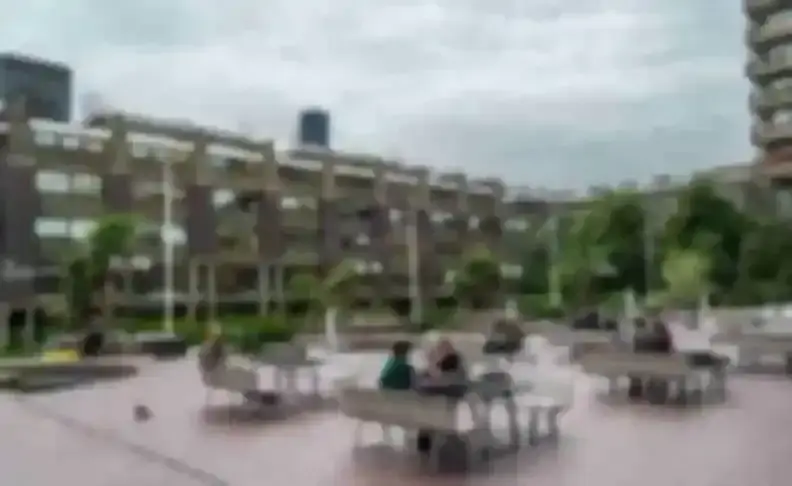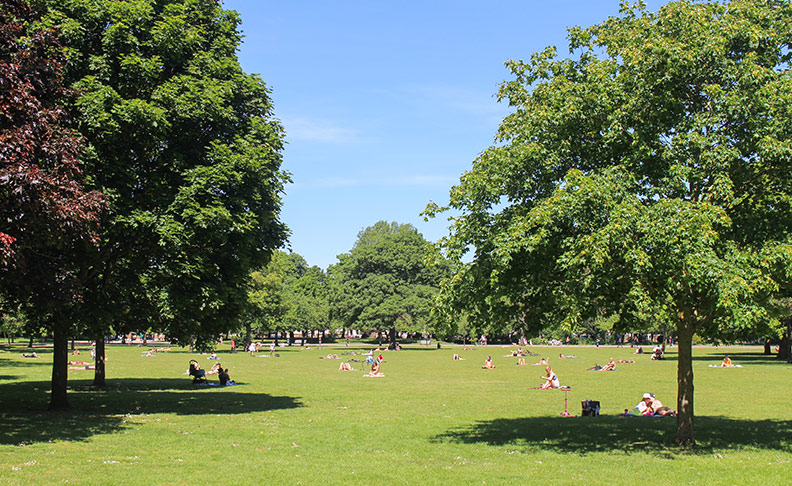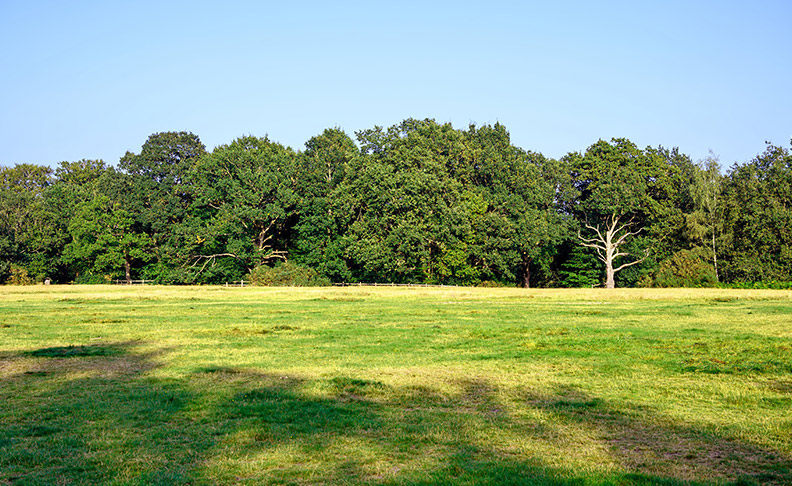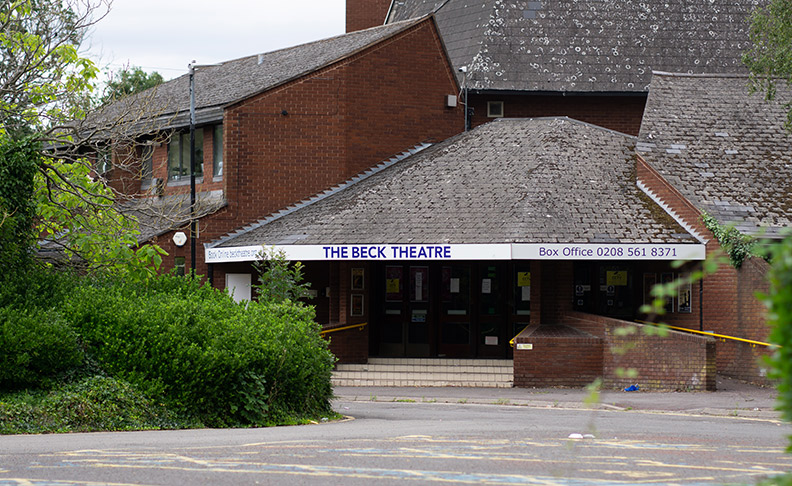Outlying areas of West London are proving to be a fertile ground for developers and Hayes is one of the best connected examples. A history of involvement in various aviation, electronic and food manufacturing technologies means that there is plenty of space in an area located on the much-anticipated Crossrail route. This new transport initiative gives commuters living in Hayes the distinct advantage of being half an hour from London’s West End and just a short hop from Heathrow Airport. A relatively low-profile suburb with good connections to the M4 and M40 tech corridors, Hayes is internationally famous for being the location of the EMI factory that manufactured all of the Beatles’ best-selling records.
The former EMI site, which is now an office redevelopment, is one of many examples of Art Deco architecture that is the legacy of a neighbourhood that has played a pivotal role in the rise of the UK as a technological power. The streets surrounding Hayes railway station are a mix of Victorian and pre-war homes. There is a pedestrianised shopping thoroughfare, containing a mixture of smart shops, coffee bars and good restaurants. Most of the new developments are focused along the Grand Union Canal which intersects with the main rail line and they include Hayes Village, which is set amongst expansive parkland and retains the Art Deco façade of the old period structure.
Residents living in Hayes take advantage of the high-speed Elizabeth Line link which connects to both Central London and nearby Heathrow. This cuts the journey times drastically, with trains reaching Bond Street in twenty minutes, Liverpool Street in thirty and Heathrow in under ten. As of now, the mainline route is connected to Paddington Station which is a handy interchange for Tube journeys to the rest of Zone 1.
































 dartmouthpark@benhams.com
dartmouthpark@benhams.com